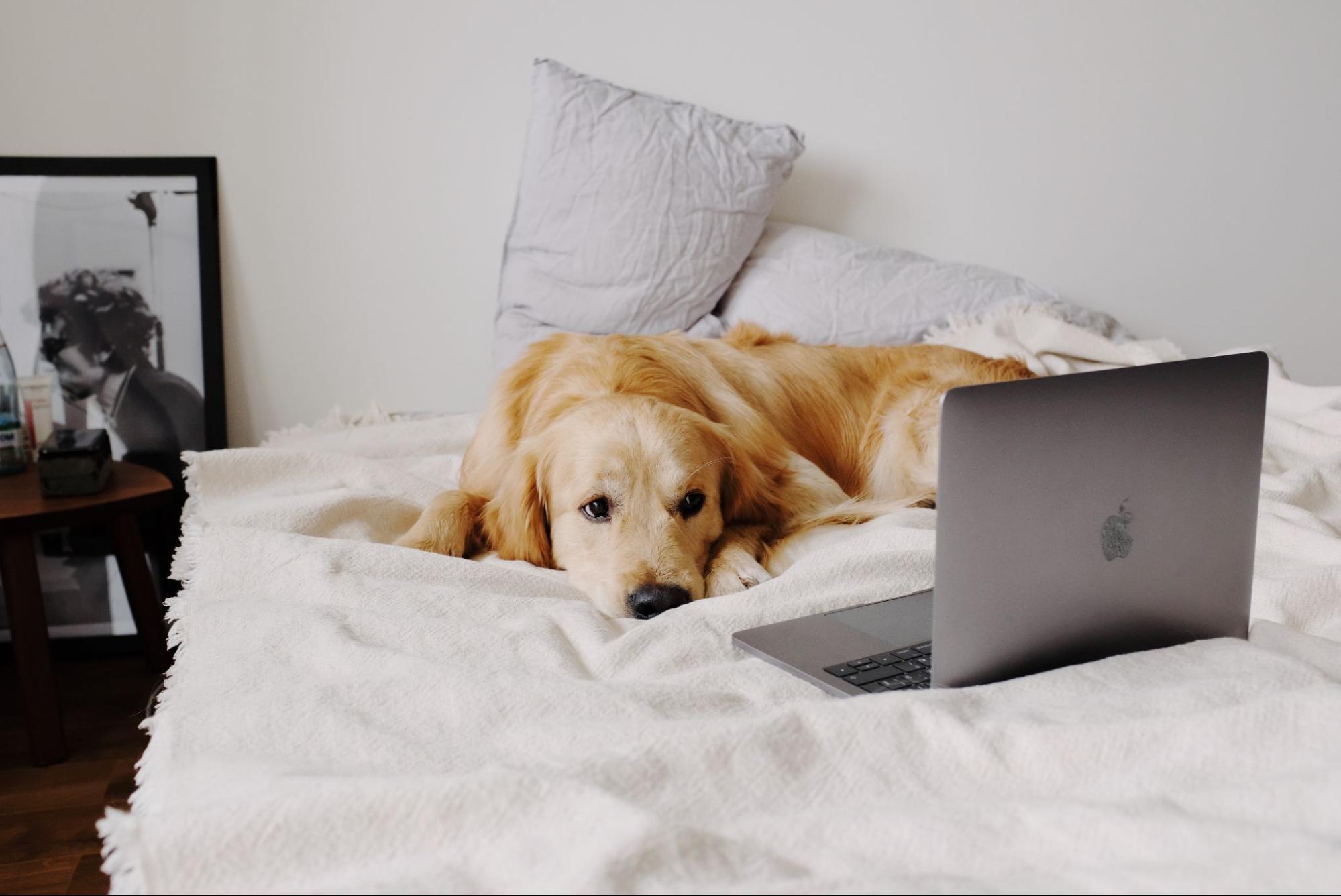How to Help a Reactive Dog
Dealing with a reactive dog can be challenging, especially when it comes to training a Labrador. Labradors are known for their energetic and friendly nature, but some may develop reactive behavior due to various factors such as fear, anxiety, or past experiences. If you find yourself with a reactive Labrador, don’t worry! With the right approach and consistent training, you can help your furry friend overcome their reactivity and become a well-behaved companion.
The first step in training a reactive Labrador is understanding the root cause of their behavior. Observe your dog’s triggers and try to identify what sets them off. Is it other dogs, strangers approaching too quickly, or loud noises? By identifying the specific triggers that elicit the reactive response in your Labrador, you can tailor your training techniques accordingly.
Once you have identified the triggers, it’s important to create a positive and controlled environment for training sessions. Start by exposing your dog to low-intensity versions of their triggers and reward them for calm behavior. Gradually increase the intensity over time while reinforcing positive behaviors with treats or praise. Remember to be patient and consistent throughout the process – Rome wasn’t built in a day!
In conclusion, training a reactive Labrador requires understanding their triggers and implementing positive reinforcement techniques. With patience, consistency, and love, you can help your furry friend overcome their reactivity and lead a happy life alongside you. So roll up your sleeves and embark on this journey of training – together with your beloved Labrador!
Understanding Reactive Behavior in Labradors
When it comes to training a reactive Labrador, it’s crucial to have a deep understanding of their behavior. Reactive behavior refers to an exaggerated or intense response to certain stimuli, which can manifest as aggression, fear, or anxiety. Labradors are generally known for their friendly and sociable nature, but like any other dog breed, they can exhibit reactive behavior under specific circumstances.
Here are some key points to help you understand reactive behavior in Labradors:
- Triggers: Reactive behavior in Labradors can be triggered by various factors such as unfamiliar environments, loud noises, other animals, or even certain individuals. These triggers may vary from dog to dog, so it’s essential to identify what specifically sets off your Labrador’s reactivity.
- Body Language: Dogs communicate through body language, and recognizing the signs of reactivity is crucial for effective training. Watch out for signs like raised hackles (the hair along the back), growling or barking excessively, lunging forward or pulling on the leash aggressively, and showing signs of stress such as panting or pacing.
- Fear vs Aggression: It’s important to differentiate between fear-based reactivity and aggressive behavior in Labradors. Fearful reactions usually stem from a sense of vulnerability or perceived threat and can often be resolved with proper desensitization and counterconditioning techniques. On the other hand, true aggression requires professional guidance and specialized training methods.
- Training Approaches: Training a reactive Labrador involves patience, consistency, and positive reinforcement techniques. Seek guidance from a professional dog trainer who specializes in working with reactive dogs. They will tailor a training plan suited to your Labrador’s specific needs while focusing on building confidence and teaching alternative behaviors.
- Management Techniques: Alongside proactive training measures, implementing management strategies is essential for keeping both your Labrador and others safe during the training process. This may include using a sturdy leash and harness, avoiding triggers when possible, providing safe spaces or crates, and gradually exposing your Labrador to controlled environments.

Identifying Triggers and Thresholds
When it comes to training a reactive Labrador or helping a reactive dog, one of the crucial steps is identifying their triggers and understanding their thresholds. These triggers are the stimuli that cause your dog to react negatively, such as other dogs, loud noises, or unfamiliar people. By recognizing these triggers, you can take proactive measures to manage their reactions effectively.
To start identifying triggers, observe your Labrador’s behavior closely in different situations. Pay attention to what makes them tense up, bark excessively, growl, or display signs of fear or aggression. It could be specific sounds, sights, smells, or even certain movements that set them off. Keep in mind that each dog is unique and may have different triggers.
Once you’ve identified the triggers for your reactive Labrador, it’s essential to determine their threshold levels. The threshold refers to the point at which your dog goes from being calm and relaxed to displaying reactive behaviors. It’s crucial to recognize this threshold as it allows you to intervene before they become overwhelmed and potentially escalate their reaction.
Thresholds can vary from dog to dog and also depend on factors such as environment and previous experiences. Some Labradors may have a higher tolerance for certain triggers while being more sensitive to others. By understanding your dog’s individual threshold levels for different triggers, you can create a training plan that gradually exposes them to these stimuli at manageable levels.
One effective method for identifying thresholds is using a technique called “desensitization.” Desensitization involves gradually exposing your reactive Labrador to their trigger in controlled settings while ensuring they remain below their threshold level of reactivity. This process helps them build positive associations with previously negative stimuli over time.